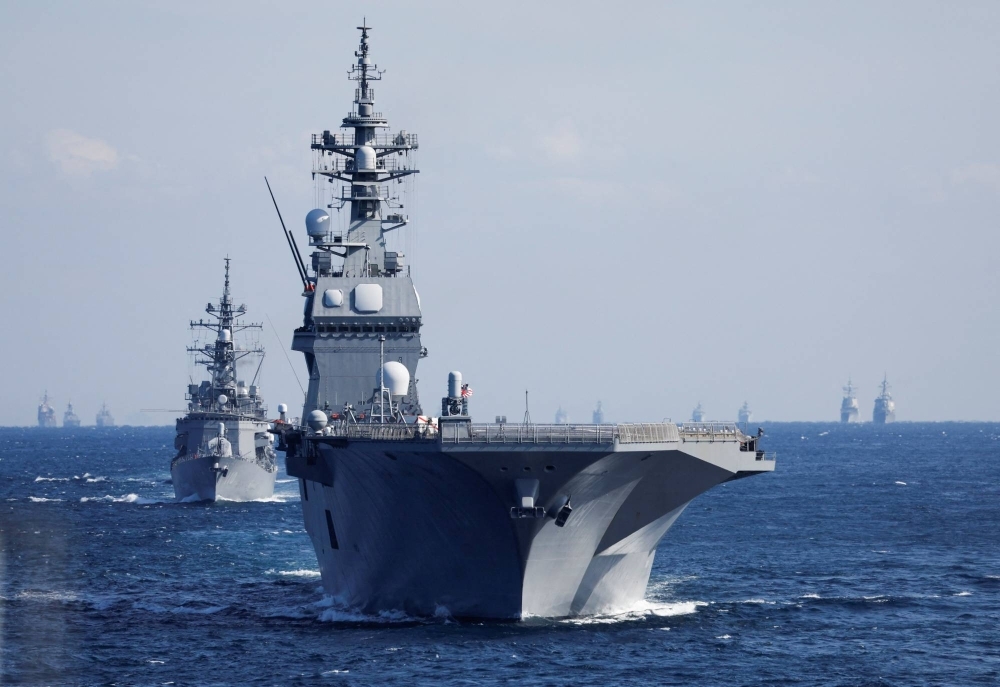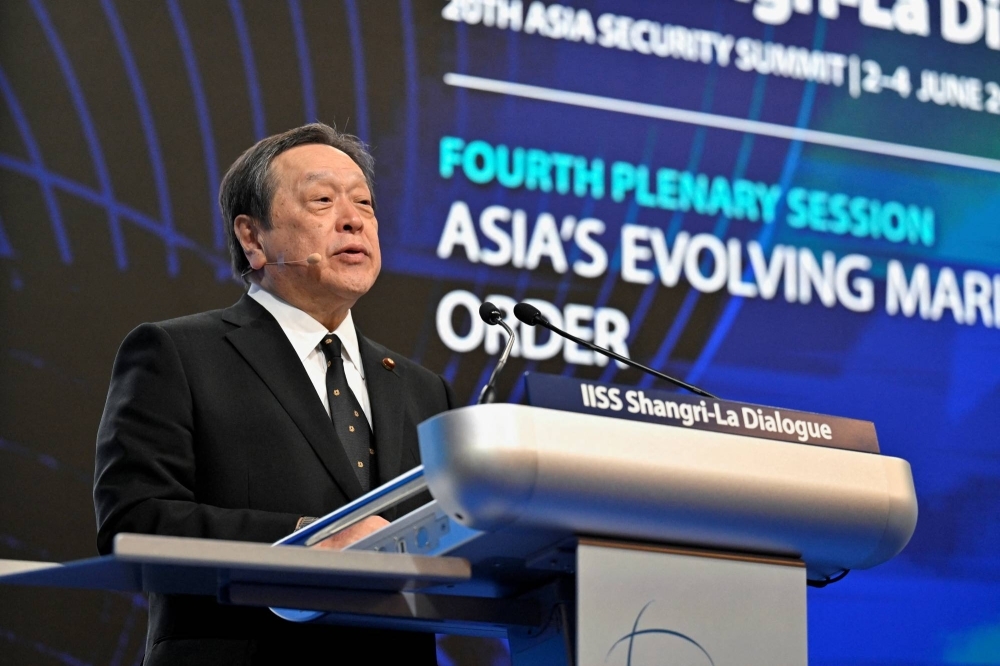
The Defense Ministry said Thursday that it is seeking its largest ever budget — more than ¥7.7 trillion — as Japan looks to revamp the Self-Defense Forces with a new joint headquarters to command its three branches, two new Aegis-equipped destroyers and a munitions stockpile that will allow the country to fight a protracted conflict.
The budget request, a roughly 12% hike over the record ¥6.82 trillion last year, signals that Japan remains committed to following through on historic defense reforms instituted in December amid the war in Ukraine and growing security threats from China and North Korea.
Last year, Prime Minister Fumio Kishida instructed his government to aim for a defense budget equal to 2% of gross domestic product by 2027, using the country’s new National Security Strategy (NSS) and National Defense Program to outline a five-year spending plan of around ¥43 trillion ($315 billion).
The latest budget request includes ¥10.5 billion in funds associated with building the SDF’s permanent joint headquarters. Ministry officials say they plan to launch the new command — which will be in Tokyo’s Ichigaya area, where the ministry is located, and staffed by around 240 officials — by March 2025.
In the NSS, Japan laid out plans to establish the joint command “in order to build a system capable of seamlessly conducting cross-domain operations at all stages from peacetime to contingency, with the aim of strengthening the effectiveness of joint operations” among each of the SDF services.

The headquarters will be tasked with coordinating strategies and boosting Japan’s defense cooperation with the U.S. military, and will be overseen by a joint commander, a newly created position that will report directly to Japan’s defense minister, ministry officials said. The post will be filled by a general of the same rank as the chiefs of staff of the SDF’s three branches.
Defense Ministry officials have long lamented the difficulties of responding quickly to changing situations under the current system of creating a temporary joint task force, as well as insufficient coordination between the SDF and the U.S. Indo-Pacific Command, which oversees American military operations in the region.
The need for a permanent joint command, defense officials and analysts say, has only grown amid rising concerns over Chinese military assertiveness near Taiwan and North Korean nuclear saber-rattling.
In its budget request, the ministry is also looking to hasten the introduction of domestically made long-range missiles, following Japan’s decision to acquire “counterstrike capabilities” that theoretically allow it to hit far-away enemy bases and other sites, though the government has highlighted the deterrence effects of the capabilities.
The outlays include funds for extending the range of the Type-12 anti-ship missile from 200 kilometers to around 1,000 km and eventually to 1,500 km, as well as cash for developing high-speed glide weapons to defend Okinawa Prefecture’s far-flung southwestern islands, including those near Taiwan.



